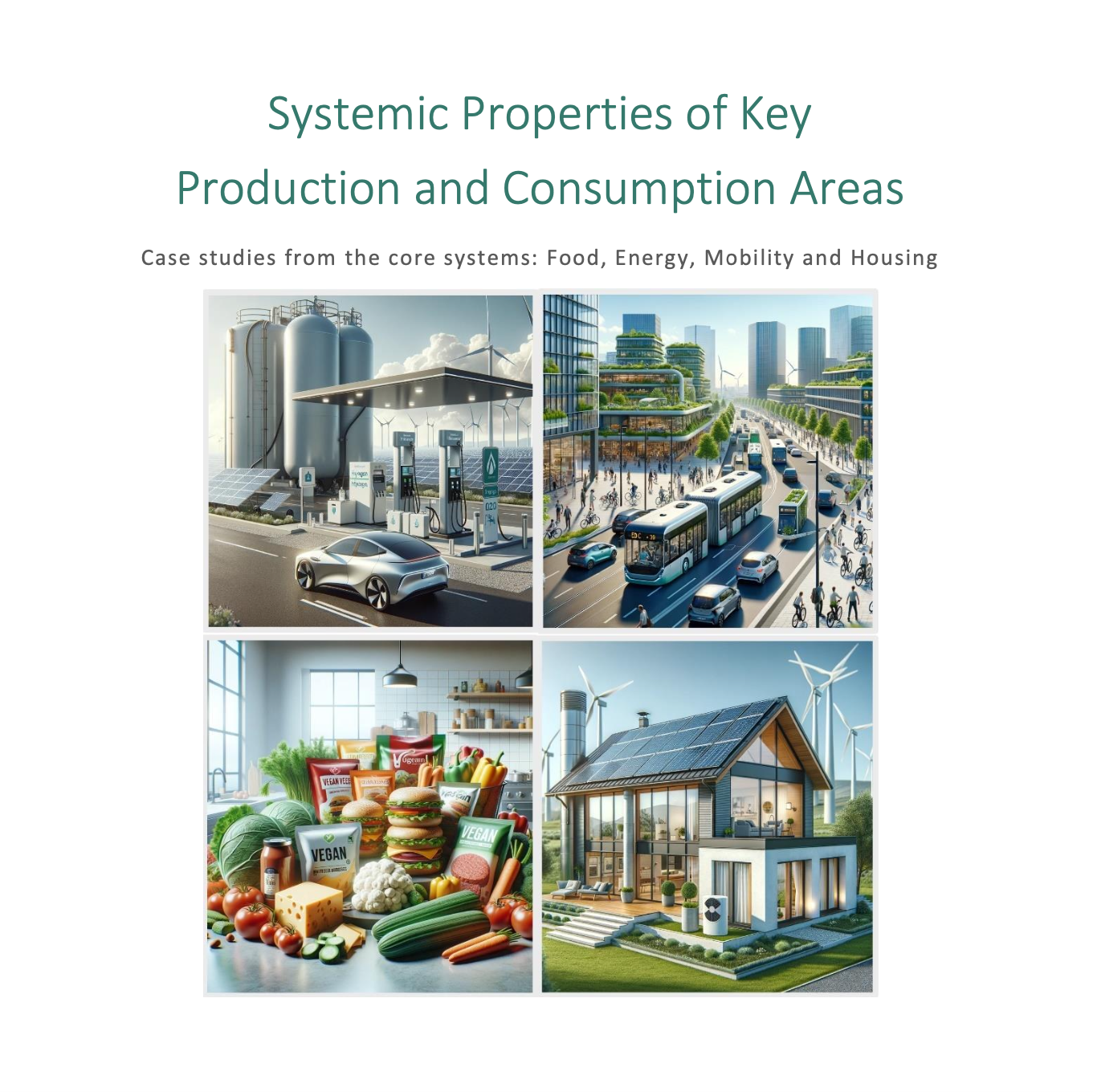Insights from our latest collaboration with the EU Environment Agency
The European Union's most forward-looking environmental frameworks, the European Green Deal (EGD) and the 8th Environment Action Programme (8EAP), place 'Systemic Change' at the forefront of their strategies. This concept is more than a buzzword; it represents a fundamental approach to achieving long-term environmental sustainability goals. But what exactly does systemic change entail, and why is it so critical?
The Importance of a Systemic Perspective
Our latest report, "Systemic Properties of Key Production and Consumption Areas," is the result of a collaboration between the European Environment Agency (EEA) and 4strat in the context of work done for the European Topic Centre (ETC) on Sustainability Transitions. This ETC covers a broad range of cross-cutting systemic issues related to sustainability challenges and transitions. The report explores the systemic nature of production and consumption systems across sectors such as energy, food, mobility, and housing. Each thematic domain is analysed through the lens of systemic properties, using tools like causal loop diagrams (CLDs) to visualise and communicate complex interconnections to both the general public and policymakers. Systemic properties refer to the interconnected characteristics and behaviours within a system that influence its overall function and outcomes. Understanding these properties can help us see the bigger picture and anticipate how changes in one part of a system can ripple through to others.
Foresight as an Approach to Informed Policymaking in Environmental Policy
Environmental challenges are inherently complex and interconnected, often exceeding the capabilities of traditional, linear prediction-based approaches of analysis. Such methods frequently fall short in addressing these complexities and carry a high risk of creating unintended consequences like rebound effects and lock-ins. For instance, a policy aimed at reducing carbon emissions in one sector might increase emissions in another if systemic properties are not adequately considered.
Rather than focusing on predicting a single outcome, the ETC report illustrates how integrating systemic analysis into a foresight approach offers a richer and more nuanced understanding of potential futures. By visualising and assessing systemic properties, policymakers can better anticipate how changes in one part of a system might affect other areas. This foresight approach can support them to navigate the uncertainty and complexity of the future more effectively. Beyond systemic analysis, foresight draws on a variety of methods such as scenario management, which explores various future scenarios and their implications, and horizon scanning and trend analysis, which help identify emerging issues and opportunities.
Engaging with the Future
The collaboration between the EEA and 4strat highlights the value of foresight in understanding the interconnected nature of different systems. By drawing on foresight methods and embracing a systems perspective, the practical and forward-thinking insights from this report will inform the upcoming EU State of the Environment Report 2025.
This report was authored by Ullrich Lorenz (4Strat), Javad Keypour (SEI Tallinn), Nike Sudikatis (4Strat), and Jens Konrad (4Strat). For those interested in diving deeper into the systemic properties discussed in our report, click below to access the full document.
https://www.eionet.europa.eu/etcs/etc-st/products/systemic-properties-of-key-production-and-consumption-areas-case-studies-from-the-core-systems-food-energy-mobility-and-housing


